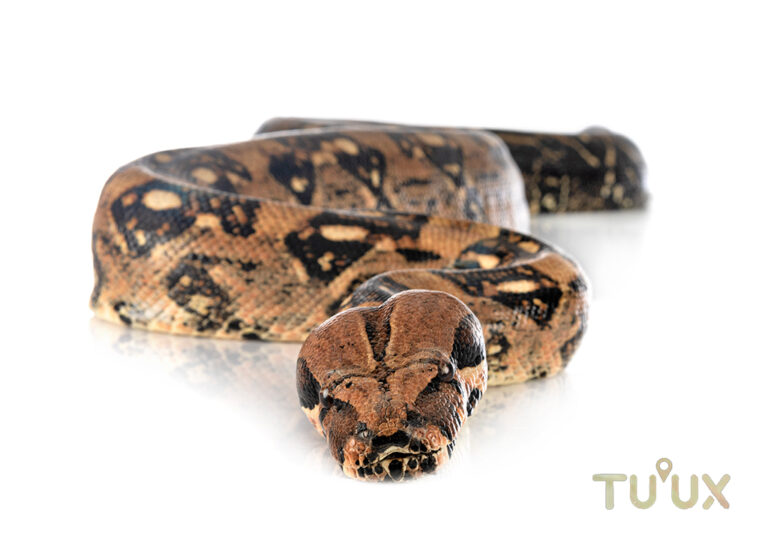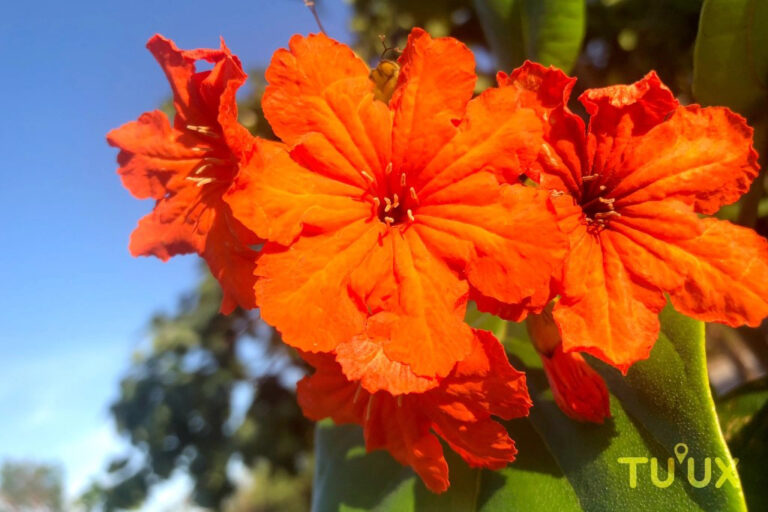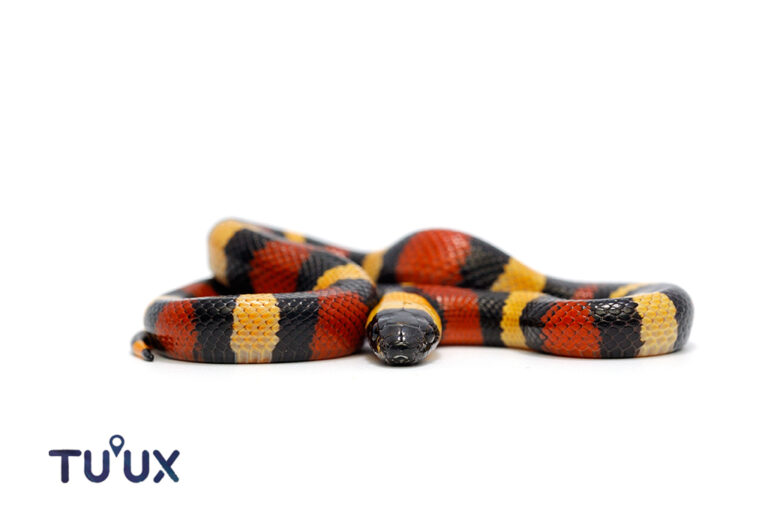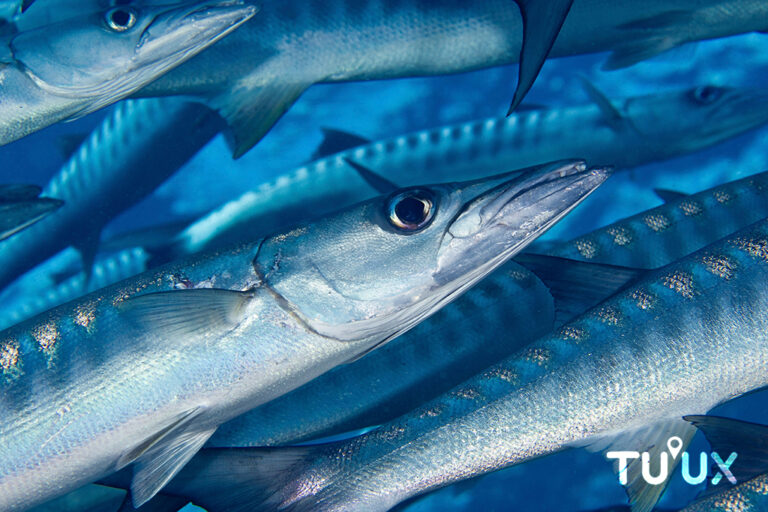AGUTÍ CENTROAMERICANO
🐿️ El Agutí Centroamericano: El Jardinero Silencioso del Caribe Mexicano
Entre la espesura de la selva y el manto de hojas secas que cubre el suelo del Caribe Mexicano, vive un pequeño mamífero que, aunque tímido, es uno de los grandes aliados de la naturaleza: el Agutí centroamericano (Dasyprocta punctata).
En Mahahual y la Costa Maya, su presencia pasa desapercibida para muchos visitantes, pero su rol ecológico es tan importante que, sin él, la selva no sería la misma.
🌿 Ingeniero y Guardián del Bosque
El agutí no solo busca alimento: crea vida sin saberlo.
Su hábito de enterrar semillas y frutos para consumirlos después convierte a este roedor en un auténtico dispersor natural, ayudando a que árboles y plantas germinen lejos del árbol madre.
Algunas especies de árboles tropicales dependen casi exclusivamente de animales como el agutí para reproducirse, convirtiéndolo en un pilar invisible de la regeneración forestal.
📝 Otros Nombres Comunes
Dependiendo de la región, al agutí centroamericano se le conoce por diferentes nombres:
- Guatusa (en Centroamérica y algunas zonas del sur de México)
- Cherenga (en áreas de Costa Rica y Panamá)
- Cotuza (en Nicaragua y Honduras)
- Picure (en partes de Venezuela y Colombia)
- Sereque (en la Península de Yucatán y zonas del sureste mexicano)
Estos nombres reflejan la relación cercana que muchas comunidades rurales han tenido con la especie a lo largo de la historia.
🔍 Características que lo Hacen Único
- Tamaño: 40 a 60 cm de largo, con una cola corta casi imperceptible.
- Peso: Entre 2 y 4 kilos.
- Pelaje: Tonos que van del marrón al anaranjado, con reflejos dorados que lo camuflan en la hojarasca.
- Dieta: Frutas, semillas, raíces, hojas tiernas y ocasionalmente insectos.
- Comportamiento: Diurno, extremadamente cauteloso y territorial. Suele moverse solo, en pareja o en pequeños grupos familiares.
- Velocidad: Puede correr a más de 30 km/h para escapar de depredadores.
🌎 Dónde Vive
Su distribución va desde el sur de México (incluyendo toda la Península de Yucatán) hasta el norte de Sudamérica.
En Mahahual y la Costa Maya, se le puede encontrar en:
- Selva baja y mediana.
- Manglares cercanos a cuerpos de agua dulce.
- Zonas de transición entre áreas abiertas y vegetación densa.
⚠️ Amenazas y Conservación
Aunque la UICN lo clasifica como Preocupación Menor, sus poblaciones disminuyen localmente debido a:
- Pérdida de hábitat por expansión urbana y agrícola.
- Cacería para consumo humano en algunas comunidades.
- Depredación por perros y gatos domésticos.
La protección de su hábitat y la educación ambiental son claves para asegurar que siga cumpliendo su labor como jardinero natural.
💚 Su Papel en el Ecosistema
El agutí centroamericano es mucho más que un habitante más de la selva:
- Dispersor de semillas: Mantiene la diversidad vegetal.
- Base de la cadena alimenticia: Sirve de alimento a jaguares, pumas, ocelotes, águilas y serpientes grandes.
- Regulador del bosque: Evita la dominancia de ciertas especies de plantas, promoviendo un ecosistema equilibrado.
📸 Avistamiento en Mahahual
Para aumentar tus posibilidades de ver un agutí en la Costa Maya:
- Recorre senderos de selva en silencio, especialmente al amanecer o al final de la tarde.
- Mantente atento al crujido de hojas: suelen huir rápidamente si detectan movimiento.
- No los alimentes ni intentes acercarte demasiado: el respeto a su espacio garantiza su bienestar.
🌟 Dato Curioso
El agutí tiene la capacidad de romper la dura cáscara de las nueces de almendra tropical con sus dientes afilados, algo que pocos animales logran. Gracias a esto, muchas semillas de árboles grandes llegan a germinar.
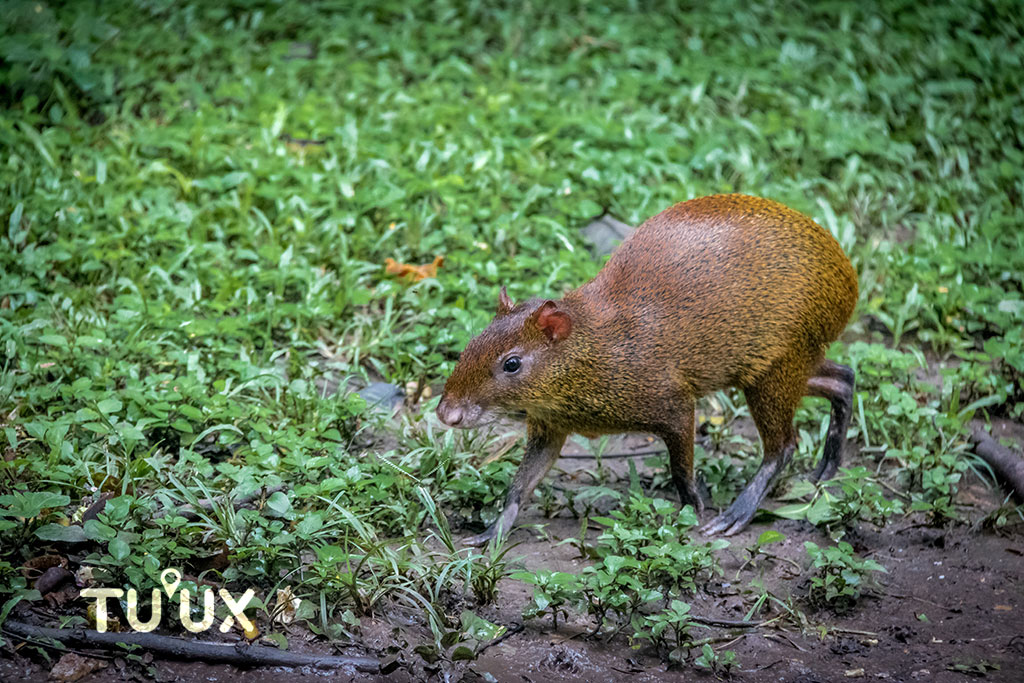
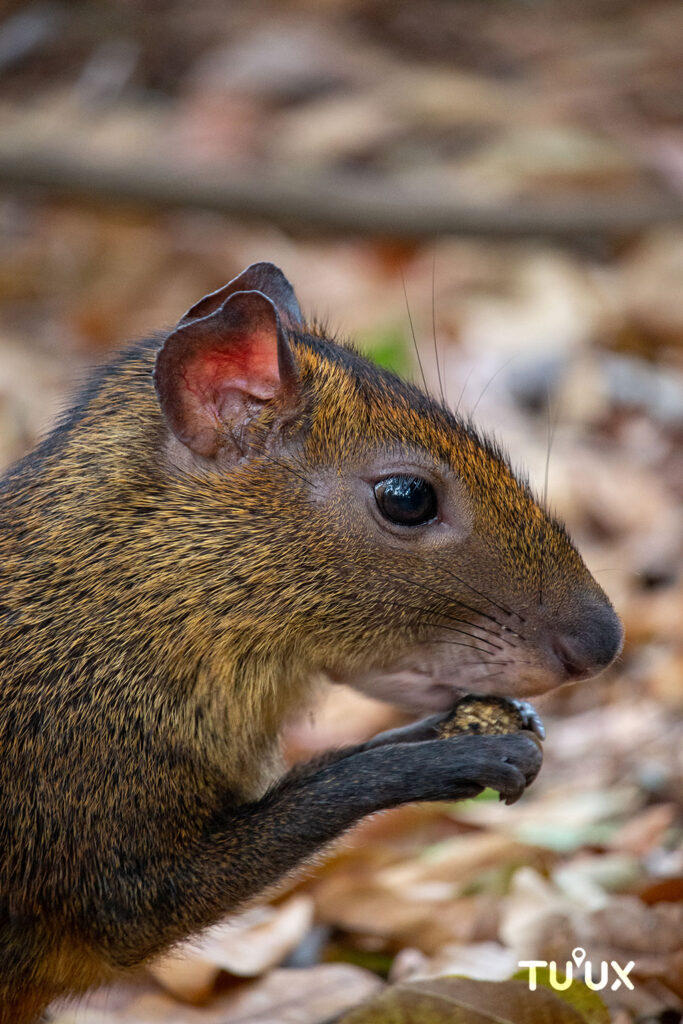
🐿️ The Central American Agouti: The Silent Gardener of the Mexican Caribbean
Amid the dense jungle and the blanket of dry leaves covering the forest floor of the Mexican Caribbean, lives a small mammal that, though shy, is one of nature’s greatest allies: the Central American agouti (Dasyprocta punctata).
In Mahahual and along the Costa Maya, its presence often goes unnoticed by visitors, yet its ecological role is so important that without it, the jungle would not be the same.
🌿 Engineer and Guardian of the Forest
The agouti doesn’t just search for food — it creates life without knowing it.
Its habit of burying seeds and fruits to eat later makes this rodent a true natural seed disperser, helping trees and plants germinate far from the parent tree.
Some tropical tree species depend almost entirely on animals like the agouti for reproduction, making it an invisible pillar of forest regeneration.
📝 Other Common Names
Depending on the region, the Central American agouti is known by different names:
- Guatusa (in Central America and some areas of southern Mexico)
- Cherenga (in parts of Costa Rica and Panama)
- Cotuza (in Nicaragua and Honduras)
- Picure (in parts of Venezuela and Colombia)
- Sereque (in the Yucatán Peninsula and southeastern Mexico)
These names reflect the close relationship many rural communities have had with the species throughout history.
🔍 Unique Characteristics
- Size: 40 to 60 cm (16–24 in) in length, with a very short, almost imperceptible tail.
- Weight: Between 2 and 4 kg (4.4–8.8 lbs).
- Fur: Shades ranging from brown to orange, with golden highlights that camouflage it perfectly among the leaf litter.
- Diet: Fruits, seeds, roots, tender leaves, and occasionally insects.
- Behavior: Diurnal, extremely cautious, and territorial. Usually moves alone, in pairs, or in small family groups.
- Speed: Can run over 30 km/h (18 mph) to escape predators.
🌎 Habitat
Its range extends from southern Mexico (including the entire Yucatán Peninsula) to northern South America.
In Mahahual and the Costa Maya, it can be found in:
- Low and medium tropical forests
- Mangroves near freshwater sources
- Transitional areas between open spaces and dense vegetation
⚠️ Threats and Conservation
Although the IUCN lists it as Least Concern, local populations are decreasing due to:
- Habitat loss from urban and agricultural expansion
- Hunting for human consumption in some communities
- Predation by domestic dogs and cats
Protecting its habitat and promoting environmental education are key to ensuring it continues its work as a natural gardener.
💚 Role in the Ecosystem
The Central American agouti is much more than just another forest dweller:
- Seed disperser – Maintains plant diversity
- Prey species – Feeds jaguars, pumas, ocelots, eagles, and large snakes
- Forest regulator – Prevents certain plant species from dominating, promoting a balanced ecosystem
📸 Spotting One in Mahahual
To increase your chances of seeing an agouti in the Costa Maya:
- Walk quietly along forest trails, especially at dawn or late afternoon
- Listen for the crunch of leaves — they tend to flee quickly if they detect movement
- Do not feed or approach them too closely — respecting their space ensures their well-being
🌟 Fun Fact
The agouti can crack the hard shell of the tropical almond nut with its sharp teeth — something few animals can do. Thanks to this, many seeds from large trees are able to germinate.

